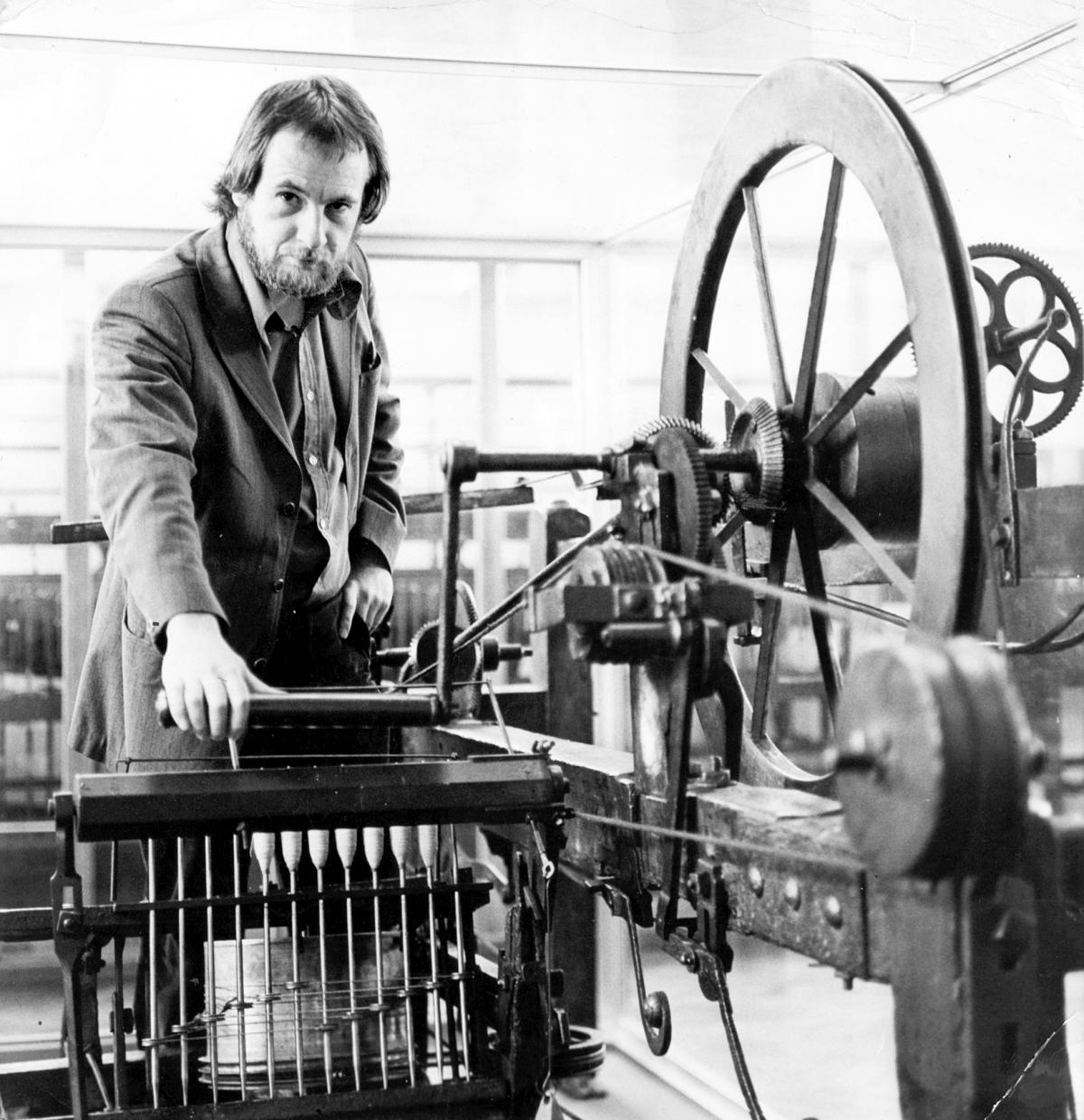
Get Started on the Path to
Securing your Patent Today!
Its fast and easy to get started on your way to protecting your intellectual property. Now that you've created your invention, it is imperative you are the first to file your invention patent application. Schedule your conference to learn more about budgeting, process requirements and the application process timing.
“The progressive development of man is vitally dependent on invention. It is the most important product of his creative brain.” (Nicola Tesla)
How Much Will a Patent Cost?
Do not be deceived by companies that offer to secure a U.S. or foreign patent offering a low cost, some even under $1,000. The fact is, no reputable firm would ever suggest a patent can be secured in the U.S. for less than $30,000 - $55,000.00 (USD). So, what’s included in the patent application cost?
Many factors including translation, technical writing, engineering drafting, patent searches, patent application fees, appeal costs, patent publishing fees, prosecution fees, etc... Learn about the services we provide.
Many inventors elect to file provisional patent applications that preserve their non-provisional application right for 12 months, yet costs significantly less than a non-provisional patent application. Usually $4,000 - $8,500.00 (USD).
Why Apply for a Provisional Patent?
Assuming your patent application is not finalized. When completed properly, a provisional patent application allows your company up to 12 months to refine your final patent application, which can be particularly beneficial to the inventor. The provisional patent application positions your company as the first to file your invention. The United States is a first to file country, which basically means whoever files first owns the right to the invention. Learn about provisional patent applications...
U.S. Provisional Patent Costs
The filing fees for provisional patent applications are far less than non-provisional patent applications. However, your invention should be defined correctly and completely in either situation. Don’t fall into the trap of submitting a carelessly prepared provisional patent application in an effort to be the first to file! Poorly prepared provisional patent applications can hurt your likelihood of securing a non-provisional patent or be used as evidence to invalidate your published patent. Schedule an appointment with us today!
The Art of Invention
An invention is a novel device, method, composition, or process. The is the creation process integrated within an overall research, engineering, and product development process. Inventors need to be cautious their inventions will achieve their desired performance and meet the thresholds to be commercialized.
Designing Your Patent
A properly constructed patent is critical in a successful patent initiative. The patent design process includes benchmarking conventional methods, critical thinking, product or process development, manufacturing review, translations, technical writing, technical drawings and expertly drafted patent claims.
Filing Your Patent
To qualify for a patent, your novel invention cannot be publicly known or sold prior to applying for a provisional or non-provisional patent application. Your invention must be finalized and fully vetted. Do not allow your intellectual property value or rights to be destroyed by a poorly constructed application.
Patent Protection
A properly structured U.S. patent will offer your company 20 years of exclusive rights to your invention, commencing on your patent application date. Your published patent should offer significant barriers to entry for any market competitors, while creating real intellectual property value for your company.
Invention is in the Blood
Our Chief Technology Officer David Crompton, who currently holds over 130 worldwide patents; is a descendant of Samuel Crompton. Samuel was the inventor of the Spinning Mule in 1779, which revolutionized the process of spinning yarn. Samuel's invention quickly exploded. Not having the money required to protect his technology, Samuel elected to sell his invention without any patent protection.
As the mule was unpatented, others soon manufactured it. The machine was constructed in iron, power was applied to assist the inward motion in 1790 and by 1834 it was fully automatic or self-acting.
A survey in 1812 showed there were between 4 and 5 million mule spindles in use. Samuel Crompton received no royalties or consideration for his invention.
Unlike his ancestor, David Crompton is a prolific inventor who has successfully patented all of his inventions resulting in over 130 worldwide patents.


Individual Topic Description with a Left Side Image
Your content goes here. Edit or remove this text inline or in the module Content settings. You can also style every aspect of this content in the module Design settings and even apply custom CSS to this text in the module Advanced settings.
